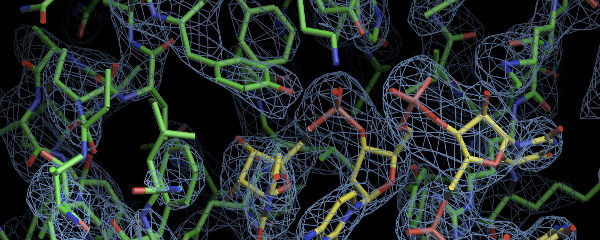What I’ve Learned:
“Nanoparticles: Itsy bitsy teeny weeny hella useful science thingies.”
Nanoparticles are little itty bitty things — anywhere from one to one hundred nanometers in size. A nanometer is defined as one billionth of a meter, which is a very European way of saying you can’t see a thing that small, even if you squint.
If you’re having trouble visualizing nanoparticle scale — which is perfectly understandable, since I just told you it’s impossible — maybe this will help: a human hair is roughly 100,000 nanometers wide, or a thousand times bigger than the biggest nanoparticle.
So take some 200-pound person and then think of an animal a thousand times smaller, or roughly three ounces. Like a baby kitten, or a newborn raccoon. Or Ariana Grande. That critter has hair the width of a nanoparticle.
Okay, that’s not actually how hair works. But we’ve established nanoparticles are small. Even compared to squeaky pint-sized pop divas. Which is impressive in itself.
But nanoparticles aren’t just tiny; some of them can also get pretty weird. The physical properties of nanoparticles are impossible to predict, because they’re small enough to feel quantum effects. And everything at the quantum level is weird.
So nanoparticle gold in solution changes color to look black or red. It also melts at much lower temperature. Some nanoparticles absorb radiation (like zinc oxide and UV rays) much better than bigger, beefier versions of the same material. And some magnetic nanoparticles will flip-flop the direction of their magnetism — which is a cute trick for dinner parties, but is pretty lousy if you want to be used for anything practical.
There are all sorts of other complicated things that happen with nanoparticles, most of which sound like they’re from science fiction. Some semiconductors display quantum confinement, which I assume has something to do with how Han Solo got encased in carbonite. There’s also something called surface plasmon resonance, and another called superparamagnetism. Maybe you get those when you’re bitten by a radioactive spider. I don’t know.
Meanwhile, some nanoparticles are incredibly useful, and the basis for whole areas of modern science. In medicine, researchers are exploring using them to deliver vaccines and drugs and detect cancer. Silver nanoparticles in fabrics kill bacteria. Environmental scientists take advantage of certain nanoparticles’ super-reactivity to clean up oil spills and other dangerous pollutants. Plus a thousand other things, like quick-charge batteries and thermal cloaks. Seriously.
And that’s before you even get to the most famous and ridiculously awesome nanoparticle: carbon nanotubes.
Carbon nanotubes are basically straws made of carbon atoms. They can be grown incredibly long (for their nano-sized widths), in a bunch of different configurations, and they’re basically tiny little superhero molecules. Carbon nanotubes are the strongest and stiffest materials currently known, some are harder than diamonds, better thermal conductors (along the straw length) than copper, and possibly (but possibly not) superconductors.
Obviously, scientists want to use carbon nanotubes for basically everything — and they’ve already started. Today, carbon nanotubes are mixed into materials to provide extra strength or other properties, but tomorrow? Synthetic muscles, maybe. Prosthetic retinas for the blind. Space elevators. The sky — or space, actually — may be the limit, when we’ve learned more about carbon nanotubes, and nanoparticles in general. Even if you can’t see them coming.



